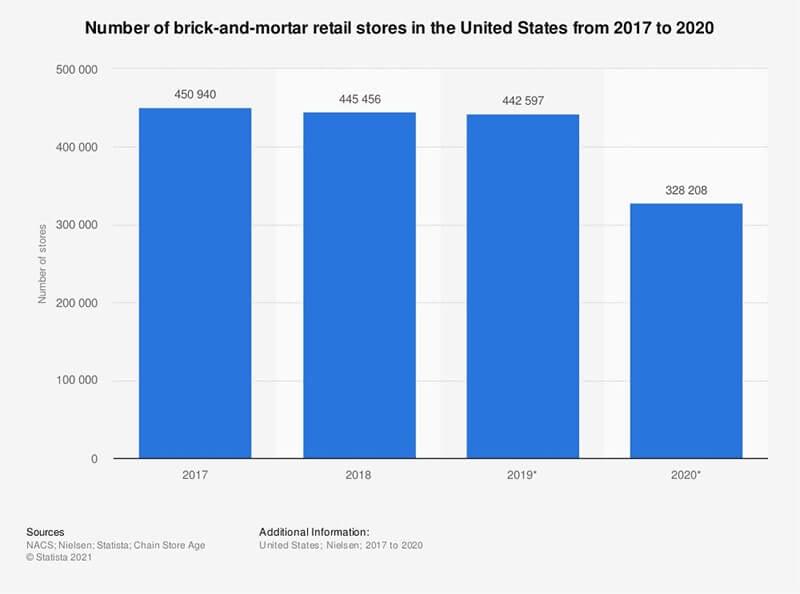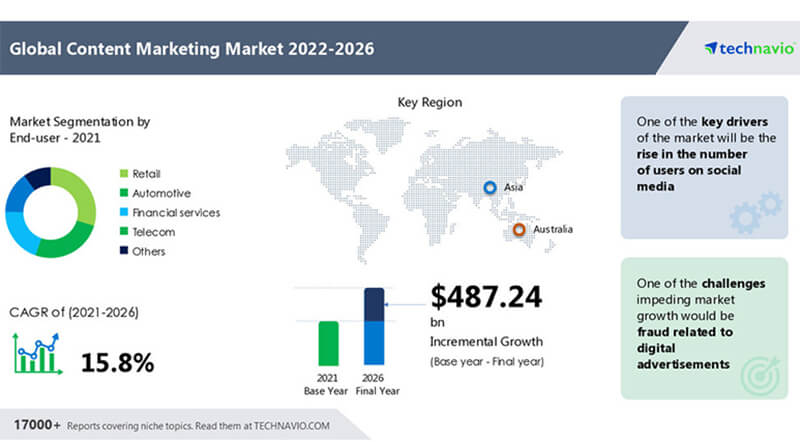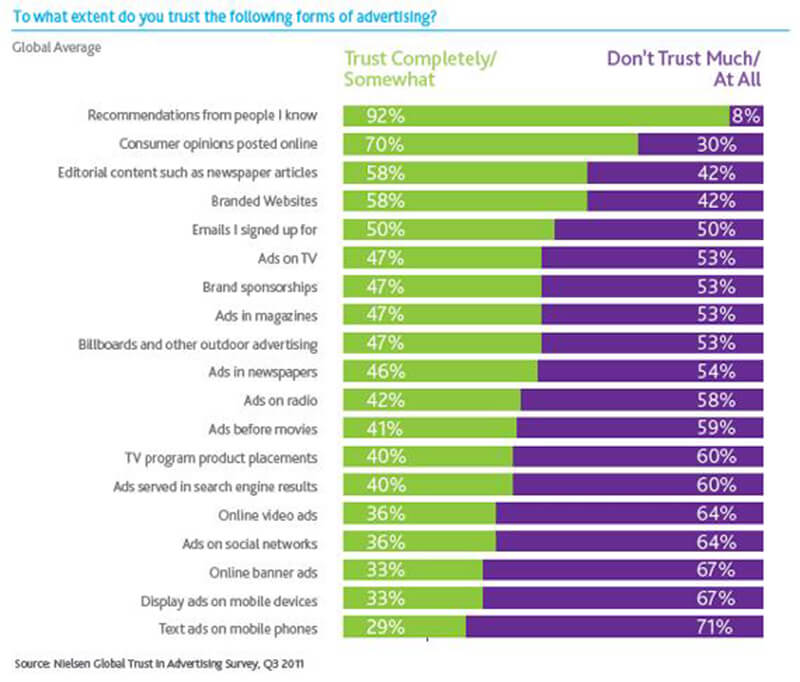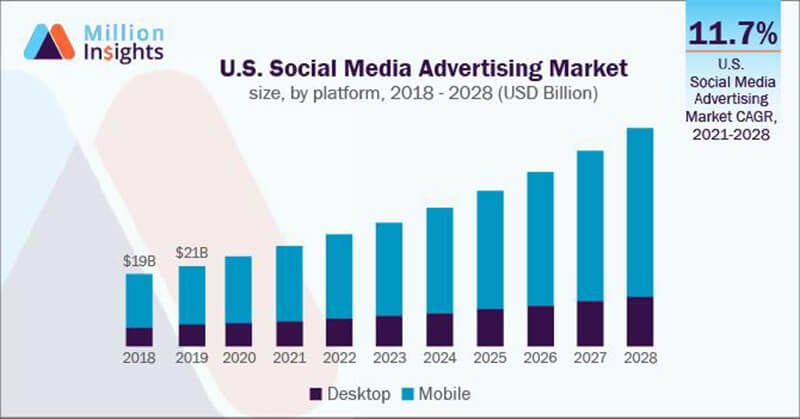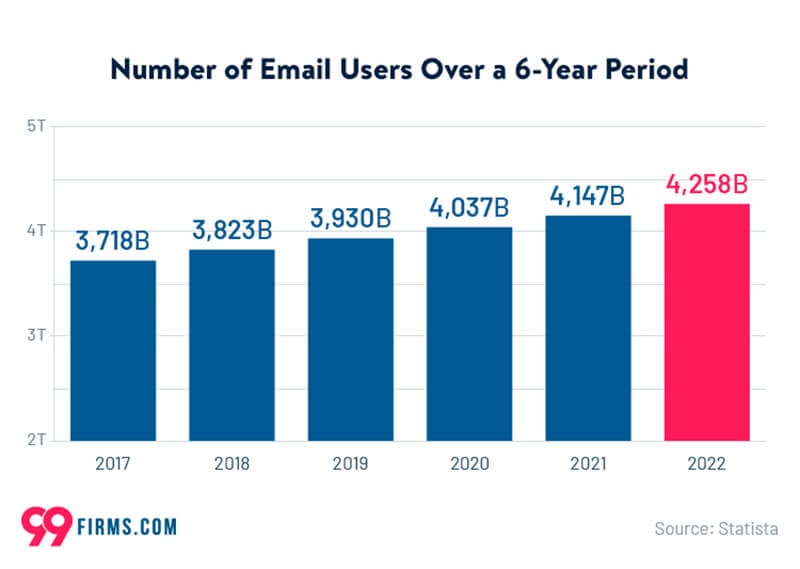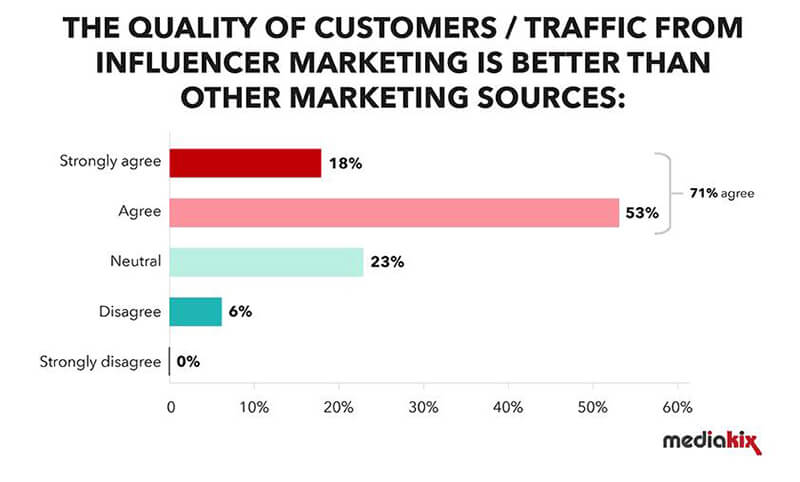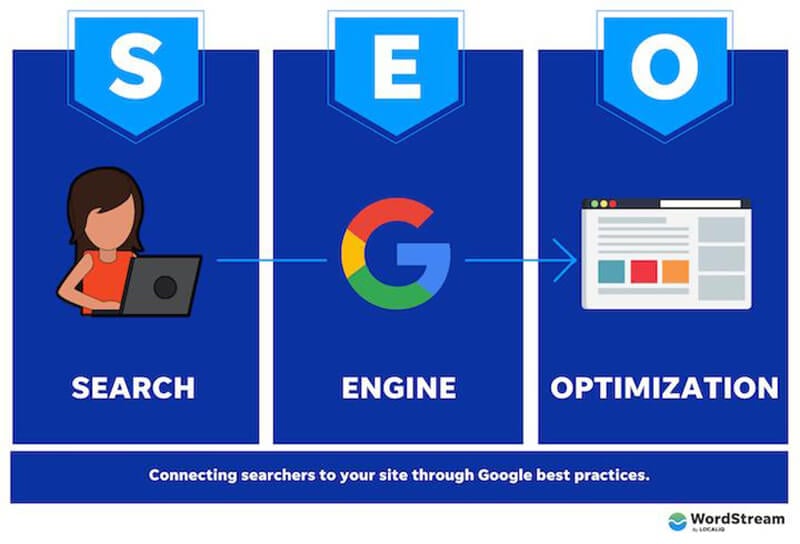The Rise of E-Commerce
E-commerce is revolutionizing the way we shop and conduct business. In the past decade, the global e-commerce market has grown exponentially, with revenue increasing by almost 17% year-on-year. The global e-commerce market is expected to reach a staggering $6.5 trillion by 2022. As ecommerce continues to grow and become an increasingly vital part of business operations, it’s essential for businesses to stay on top of their ecommerce marketing strategies. With the right tactics, businesses can maximize their success in the future and stay ahead of the competition.
What is driving this growth? The rise of mobile technology and social media have enabled more people than ever to make online purchases. E-commerce stores are now able to reach a much wider audience than ever before. Additionally, the cost of setting up an online store is much lower than traditional brick-and-mortar stores, allowing more entrepreneurs to enter the market and increase competition.
The convenience of shopping from home has also had a huge impact on the e-commerce industry. With just a few clicks, shoppers can purchase items from around the world without leaving their homes. This convenience has had a huge impact on consumer behaviour, with more people than ever choosing to shop online.
As a result of this growth, businesses are now increasingly turning to e-commerce as a way to reach new customers and increase their sales. Businesses are now competing for customers on the global stage and this competition will only continue to intensify in the next decade. As a result, marketing strategies must evolve to keep up with the changes and capitalize on these opportunities.
The Fall of Brick-And-Mortar Stores
With the rise of e-commerce, brick-and-mortar stores are beginning to fade away. The convenience of shopping online, coupled with the ability to compare prices quickly and easily, has caused many consumers to flock to the web for their shopping needs. This shift has been particularly noticeable in the retail industry, with many stores closing their doors due to dwindling sales.
The age of the traditional storefront is coming to an end, as more and more shoppers prefer the convenience of online shopping. In addition, rising rents, labor costs, and overhead expenses associated with running a physical store are putting pressure on retailers. Many brands are choosing to forego traditional retail outlets entirely and instead focus solely on digital channels.
This shift towards e-commerce has caused brick-and-mortar stores to struggle, as shoppers opt for the convenience of ordering from home. However, despite this trend, there is still hope for brick-and-mortar stores. To remain competitive in the modern market, retailers must focus on offering a unique shopping experience that can’t be replicated online. Additionally, they must invest in technology and marketing strategies to draw customers back into physical stores.
The Rise of Content Marketing
Content marketing is quickly becoming the most important form of marketing in the coming decade. Content marketing focuses on creating valuable, relevant content that resonates with a target audience in order to attract and retain them as customers. Content can be in the form of blogs, videos, infographics, podcasts, and more, and has become an effective way to engage with customers and promote a product or service.
Content marketing has many advantages over traditional forms of advertising. It is more cost-effective, allows for better targeting, and provides an engaging experience for customers. Content also has the potential to reach a larger audience, as it can be easily shared and repurposed. Additionally, content marketing can be used to build relationships with customers and establish trust between the brand and its audience.
Content marketing can be used to drive conversions and increase sales, as well as to build brand awareness and loyalty. As content marketing grows in popularity, companies will need to invest in developing their own content strategies to remain competitive. This may include producing high-quality content that meets the needs of the target audience and using data and analytics to measure success. Companies will also need to invest in tools and platforms to help manage their content and track performance.
The fall of Traditional Advertising
As the world of marketing and advertising continues to evolve, the days of traditional advertising are slowly fading away. Many businesses are shifting their focus away from television commercials, radio ads, and print advertising, in favor of newer and more effective marketing techniques.
One of the most significant factors contributing to the decline of traditional advertising is the rise of digital media. Today, more people are using mobile devices and streaming services than ever before, making it increasingly difficult for traditional advertising to reach their target audiences. Additionally, many people have become accustomed to skipping through commercials on television and fast forwarding through radio ads.
In addition to the decline in viewership, advertising and marketing is also becoming less cost-effective. As businesses strive to maximize their return on investment, they are turning to digital solutions such as content marketing and social media marketing, which offer greater value and more targeted results. As a result, traditional advertising is becoming an unsustainable option for many businesses.
Finally, advertising and marketing is often seen as intrusive and obtrusive, leading many consumers to tune it out or avoid it altogether. In contrast, digital solutions such as influencer marketing and email marketing can provide more personalized and contextual messages that better resonate with modern consumers.
Ultimately, traditional advertising is no longer a viable option for many businesses. As marketers look to the future of marketing, they must embrace new technologies and strategies that provide greater value and better engagement with their target audience.
The Rise of Social Media Marketing
In the next decade, social media marketing will be more prominent than ever. Social media platforms are some of the most powerful tools for companies to reach and engage with their target audiences. With over 3 billion people using social media on a daily basis, companies have the potential to reach an audience of billions.
Social media has become an important tool for companies to market their products, services, and brands. It can be used to create awareness, generate leads, build relationships, and create engagement. Companies can use social media to build relationships with their customers, promote special offers, increase brand loyalty, and much more.
There are many advantages to using social media for marketing. It is cost-effective and helps businesses reach a wide range of people quickly and easily. It is also easier to track user activity and measure results than with other forms of marketing.
The rise of social media marketing means that businesses will have to be savvy in order to stand out from the competition. Companies must be able to create content that is engaging, relevant, and informative in order to capture the attention of their target audience. They should also stay up-to-date on new trends and technologies in order to ensure their social media campaigns are effective.
As we look ahead to the next decade, it’s clear that social media will continue to play an important role in marketing. Companies that leverage the power of social media will have an edge over those who don’t take advantage of it.
Healthcare Professional Lists
Contact Us for Marketing Campaigns
The Rise of Email Marketing
The digital world has revolutionized marketing and opened up an entire new avenue for companies to reach potential customers. Email marketing is a great way to connect with potential customers in a more personalized manner than ever before. Email campaigns can be tailored to target specific groups of people, allowing you to focus your efforts and get better results.
Email marketing is also much cheaper than traditional advertising, making it an attractive option for small businesses. You can track the success of campaigns easily and quickly, giving you insight into which strategies are working and which aren’t. And most importantly, emails can be automated to save time and energy so that you can focus on other aspects of your business.
Email marketing is not just a cost-effective strategy; it’s also very effective. Studies have shown that email campaigns have higher open rates than other forms of digital marketing. And because emails are sent directly to your customers’ inboxes, they are more likely to be seen and read. Furthermore, emails are easy to customize with content that will appeal to your target audience, as well as images, videos, and other interactive elements.
Email marketing is here to stay and will continue to be an important part of any successful marketing strategy. It allows businesses to reach their customers quickly and efficiently, while also providing valuable insights into the success of their campaigns. With email marketing, businesses can build relationships with their customers, increase their brand visibility, and generate leads in a more cost-effective manner.
The Rise of Influencer Marketing
Influencer marketing has become a major part of the marketing mix in recent years. This type of marketing involves leveraging the reach of influential people and their platforms to promote products and services. Influencers come from all walks of life, from celebrities and industry experts to everyday individuals.
The benefits of influencer marketing are obvious. Brands can tap into larger audiences without paying for traditional advertising, and influencers can make money by promoting products or services they already use or enjoy.
However, it is important for brands to find the right influencers for their campaigns. The best influencers will have a solid following, engage with their audience frequently, and have a good reputation. Additionally, they should be familiar with the brand and passionate about its mission.
When brands work with the right influencers, they can expect to see better ROI than with traditional forms of advertising. By connecting with influencers, brands can get their message out faster and more effectively to larger audiences. Additionally, influencers can create content that resonates with their followers, which increases engagement and drives conversions.
Buy 100% Opt-In Job Title specific Lists
Contact Us for Marketing Campaigns
As influencer marketing continues to evolve, brands need to keep up with the latest trends. They must be willing to invest time and resources into working with the right influencers and creating effective campaigns. With the right approach, influencer marketing can be a powerful tool in any brand’s marketing mix.
The fall of Search Engine Optimization
Search engine optimization (SEO) has been an integral part of digital marketing for over a decade. SEO was used to increase the visibility of websites in search engine results pages, allowing businesses to attract more customers through organic search results. However, as the digital landscape has evolved, SEO is no longer as effective as it once was.
Google's algorithm updates have become increasingly sophisticated, with a focus on content quality and user experience. As a result, SEO techniques that worked in the past are now outdated, with many being considered unethical or outright black hat. Content needs to be of high quality, relevant, and optimized for search intent, rather than simply relying on keywords to drive rankings.
Furthermore, Google's algorithms now take into account user behavior and engagement metrics when determining rankings, making it difficult for businesses to game the system. For instance, if users aren't engaging with your content, it's unlikely to show up at the top of search engine results.
Finally, the rise of voice search has also had an effect on traditional SEO strategies. Instead of focusing on individual keywords, businesses must create content that is optimized for natural language processing, taking into account conversational phrasing and long-tail keywords.
Overall, SEO is still important for any digital marketing strategy, but the tactics used have shifted significantly in the last few years. Companies need to stay up-to-date with the latest trends and changes to ensure they are properly optimizing their content and staying ahead of their competition.



